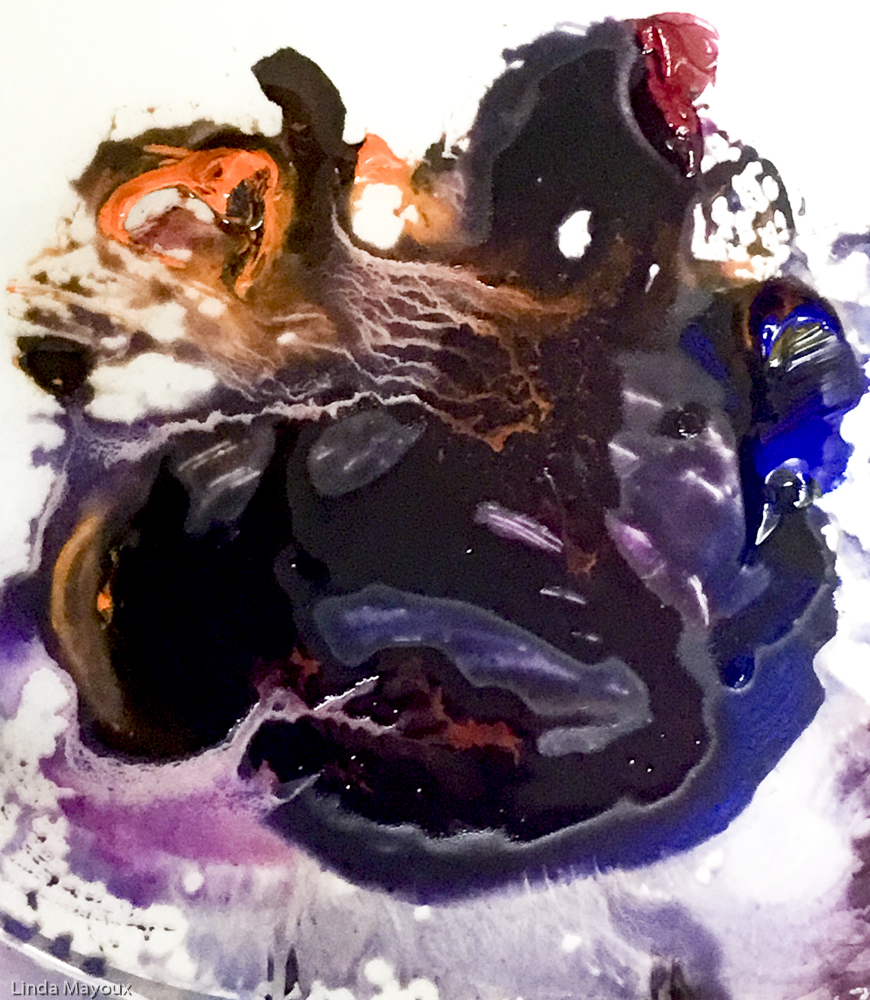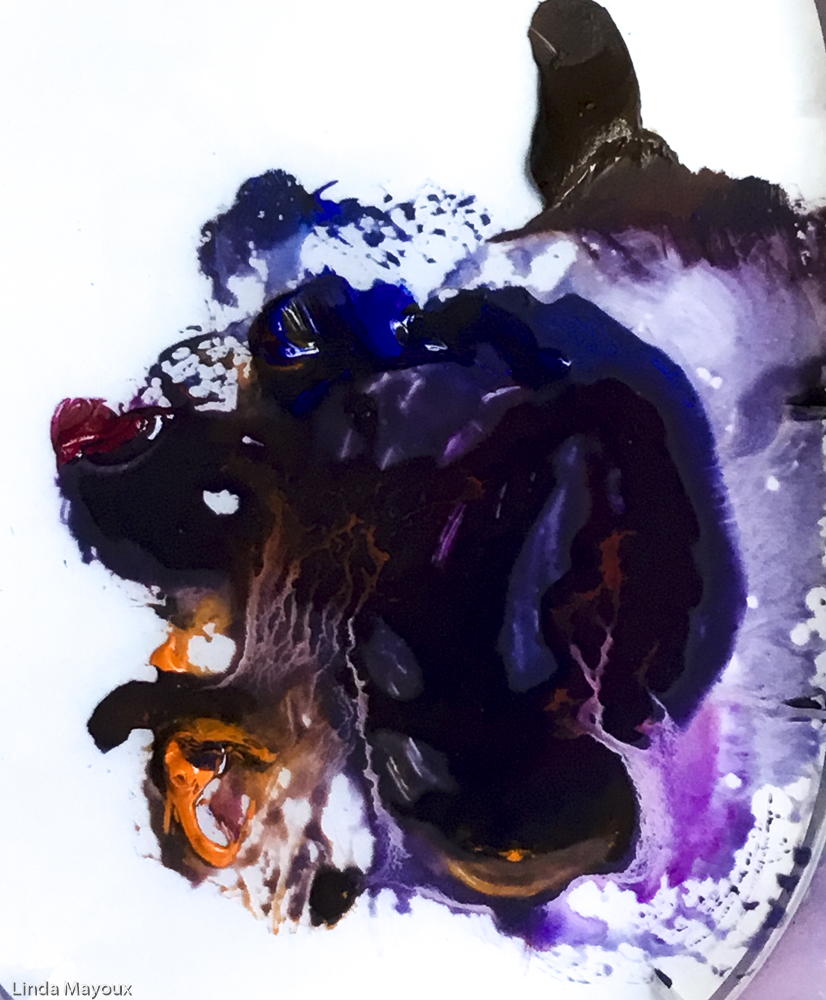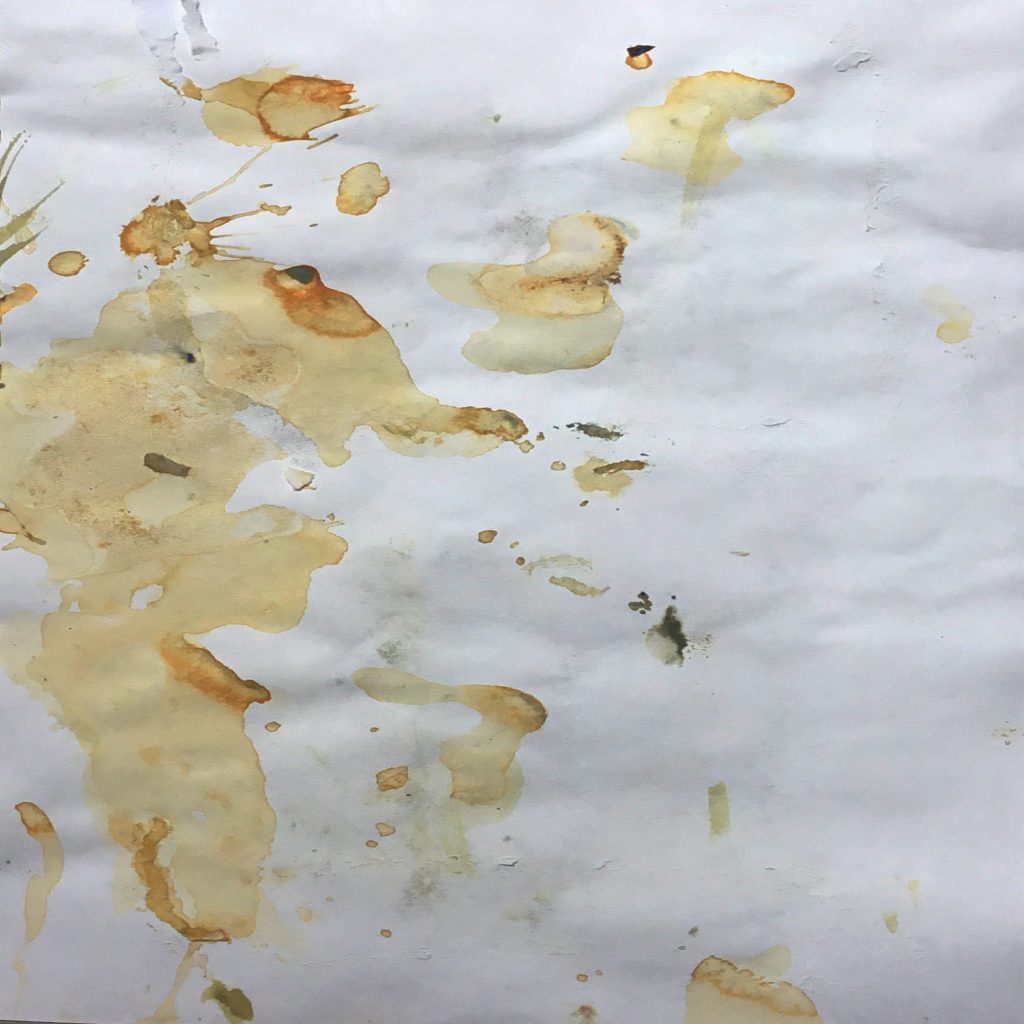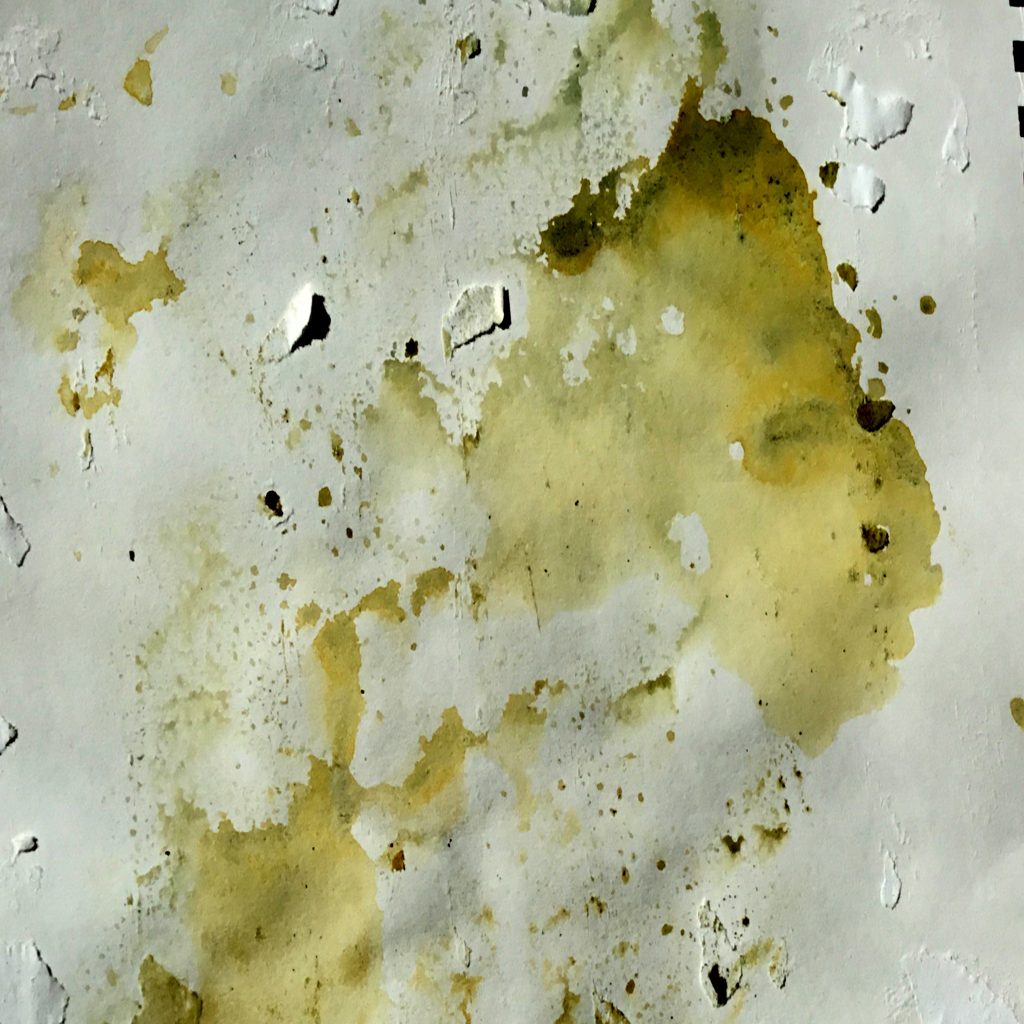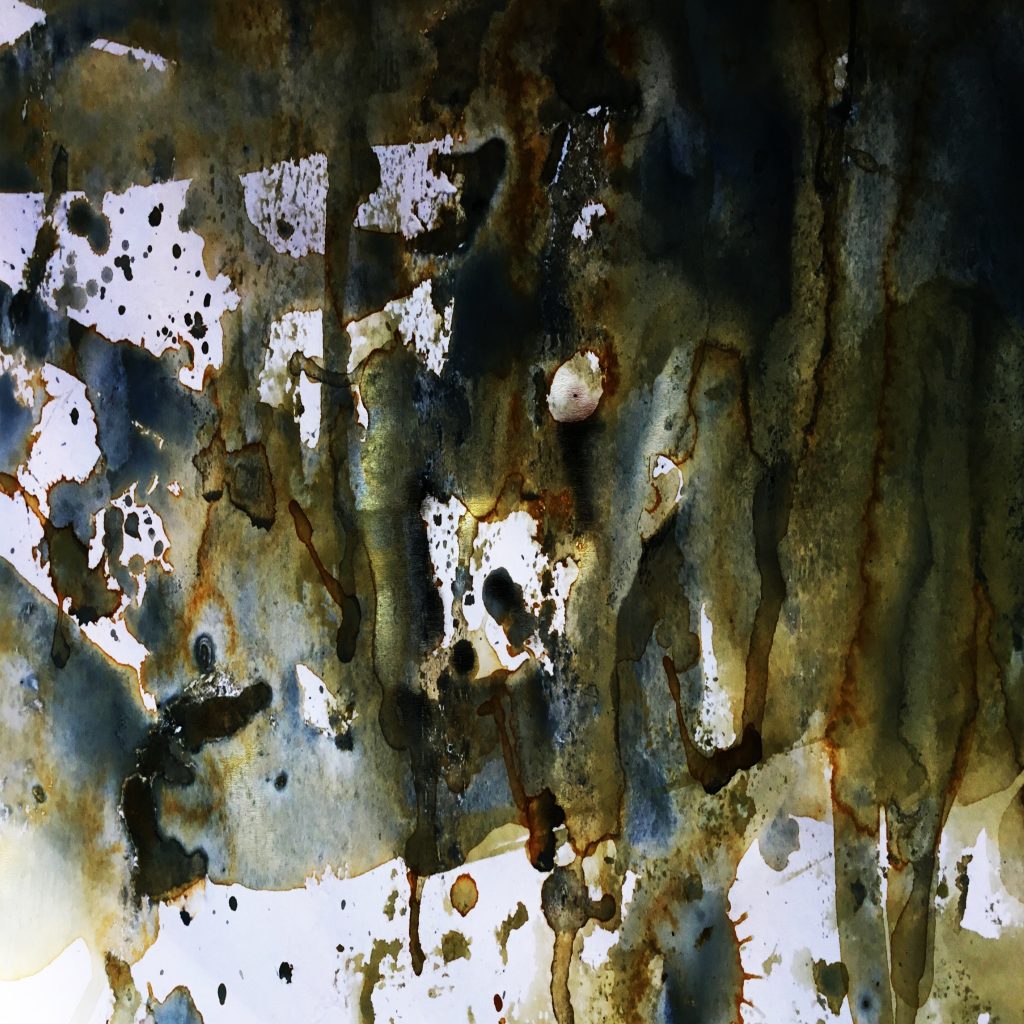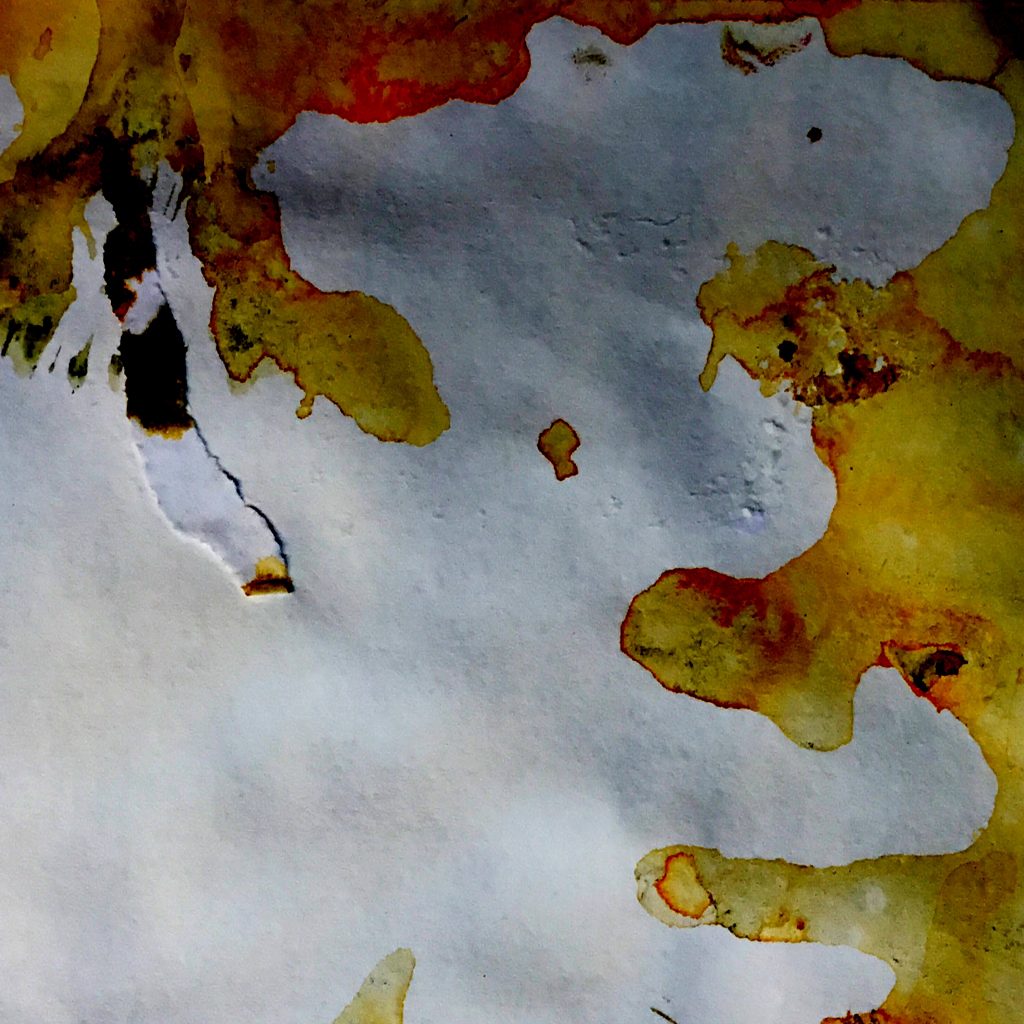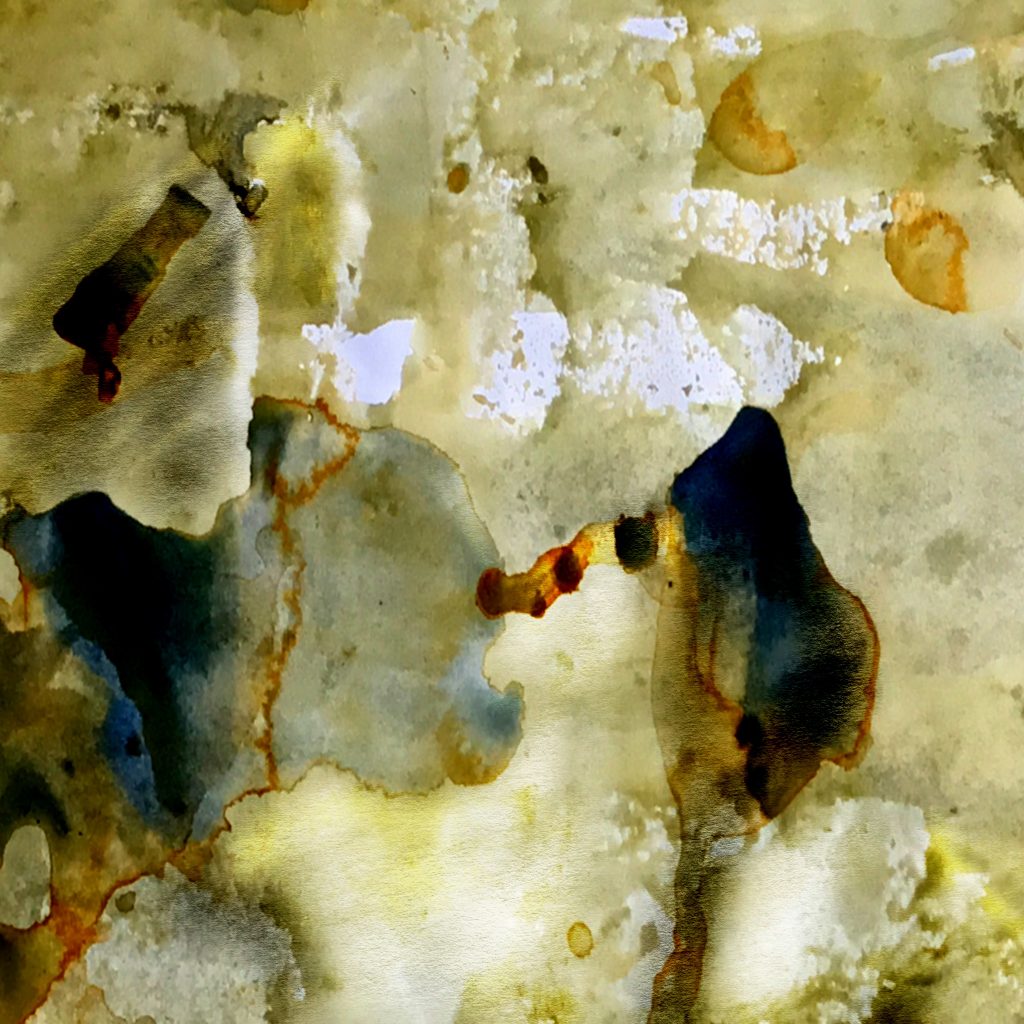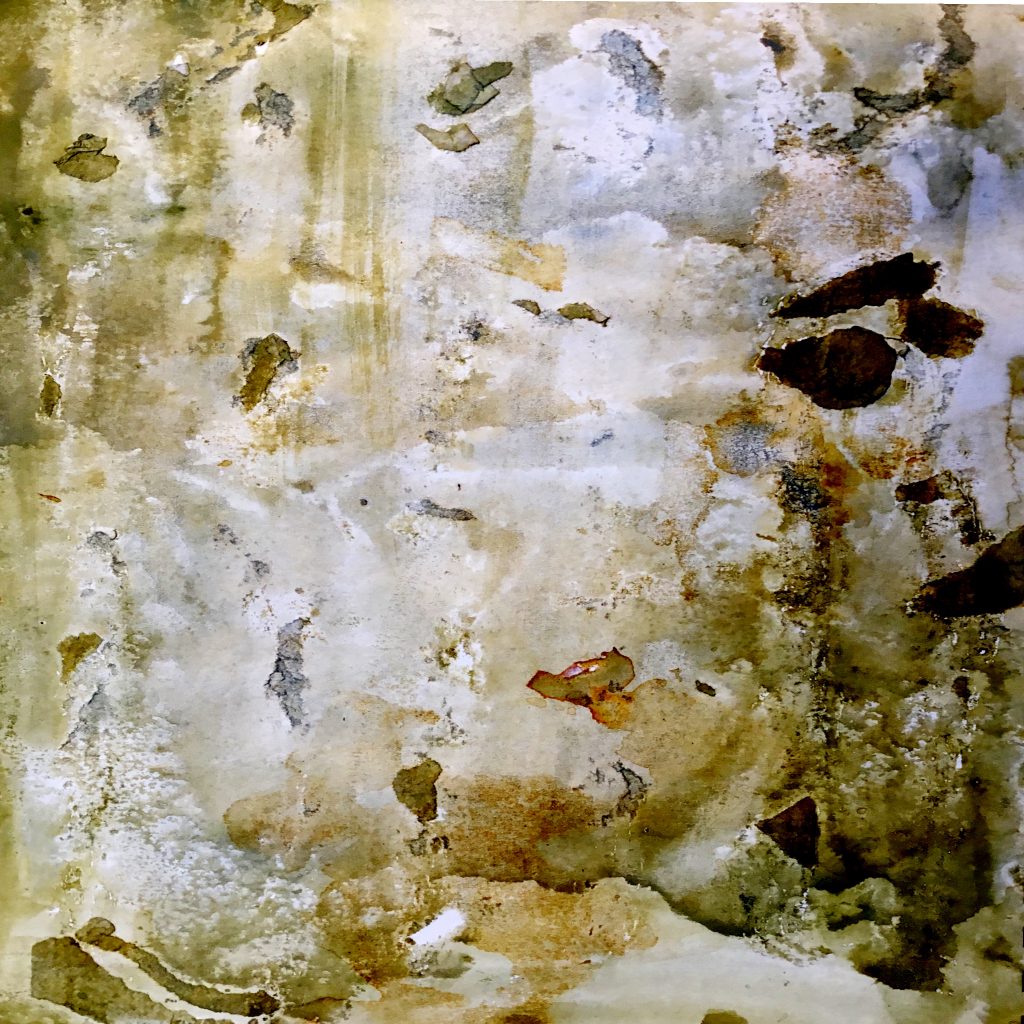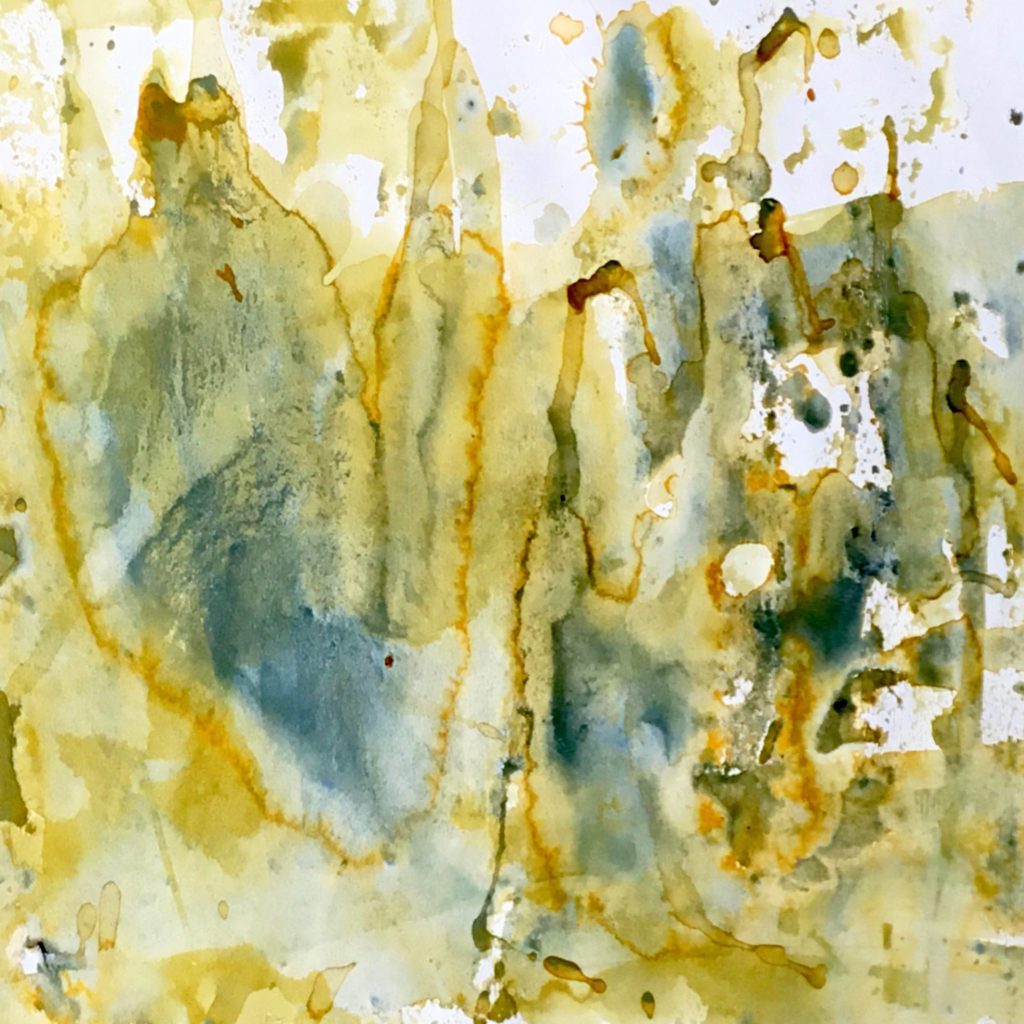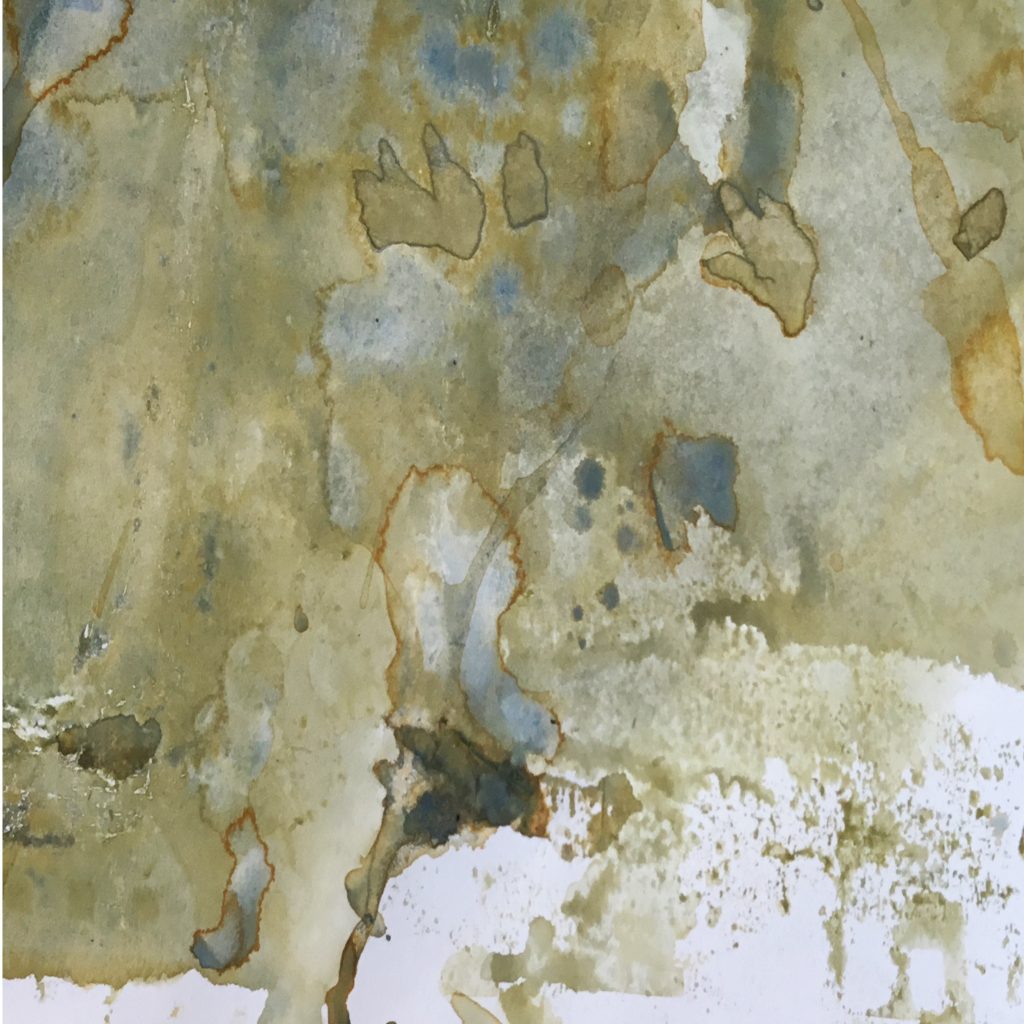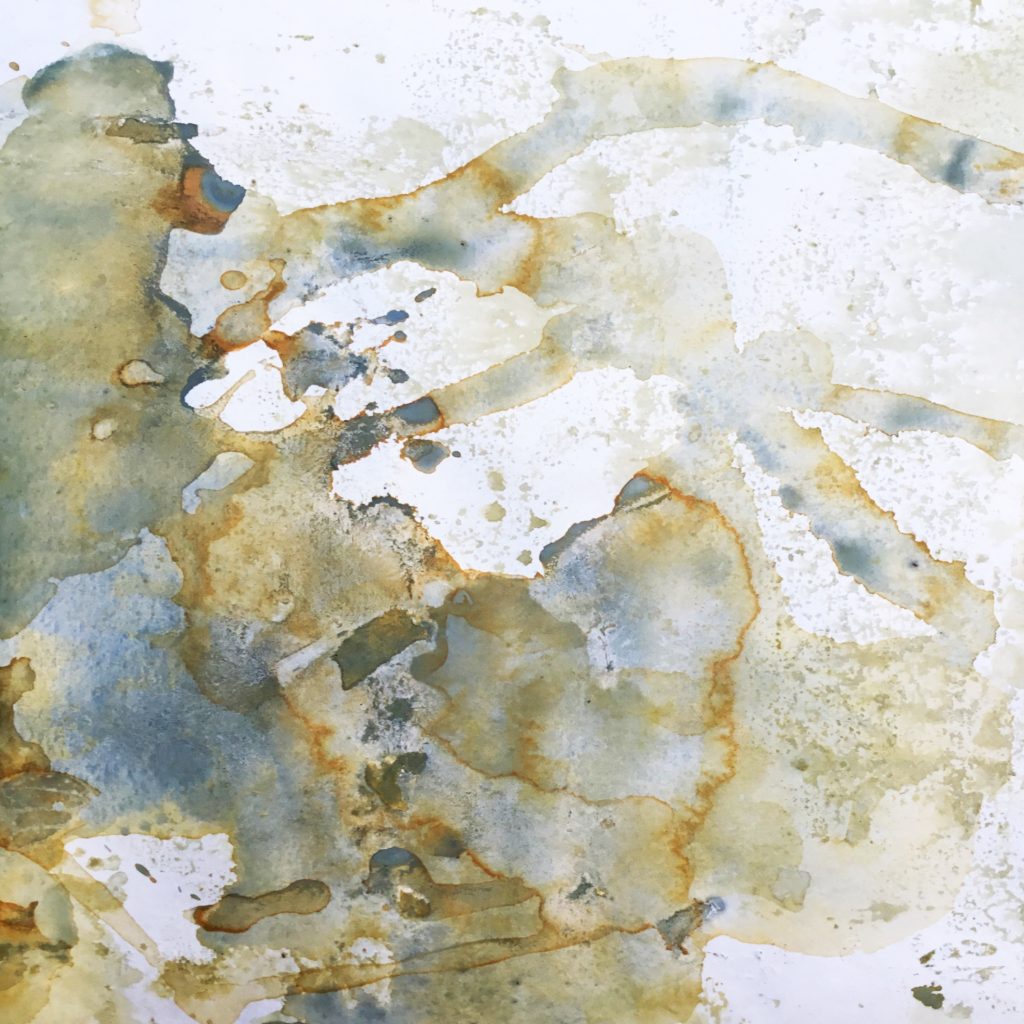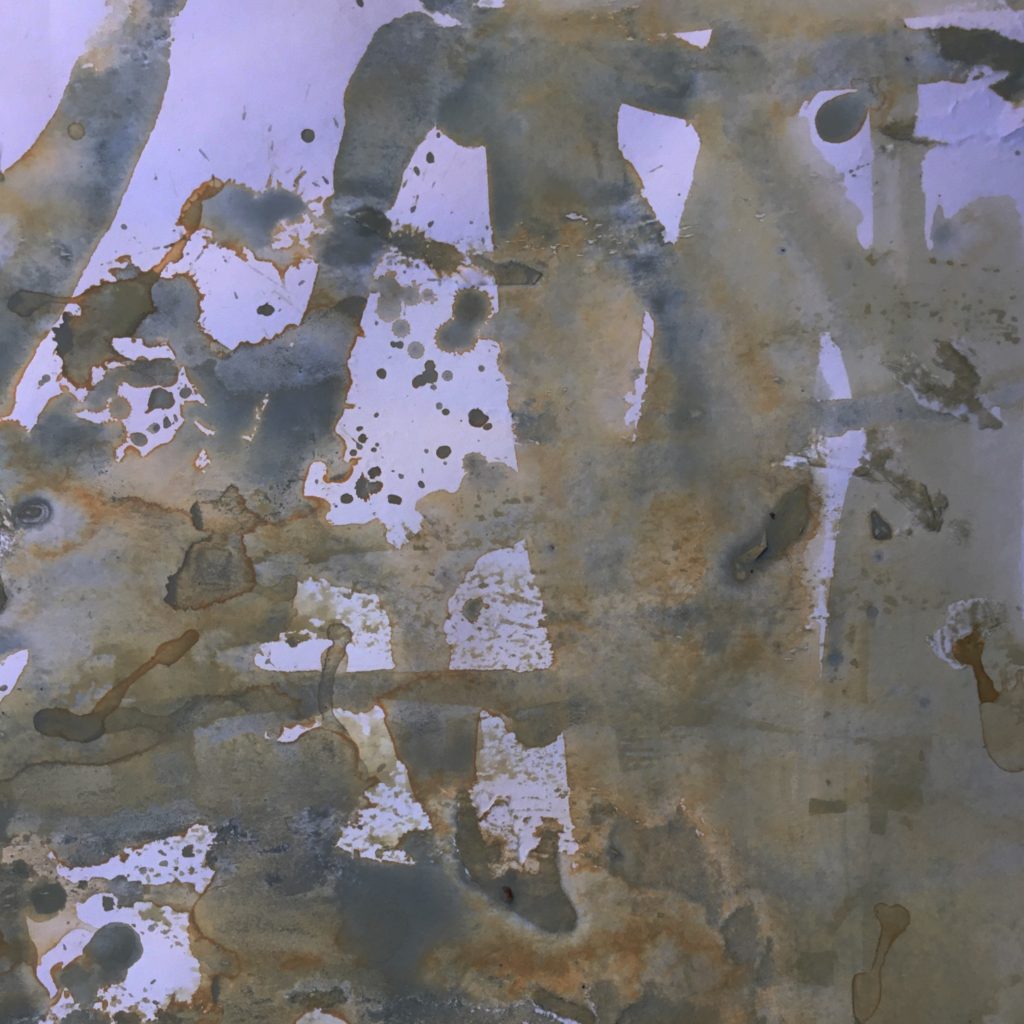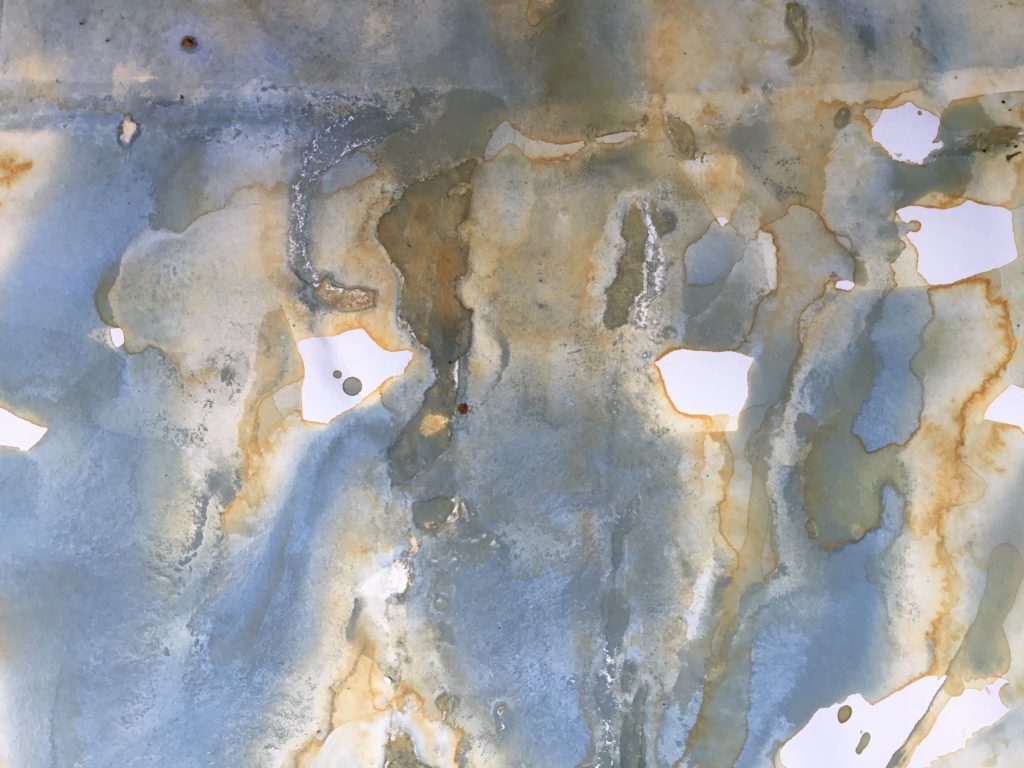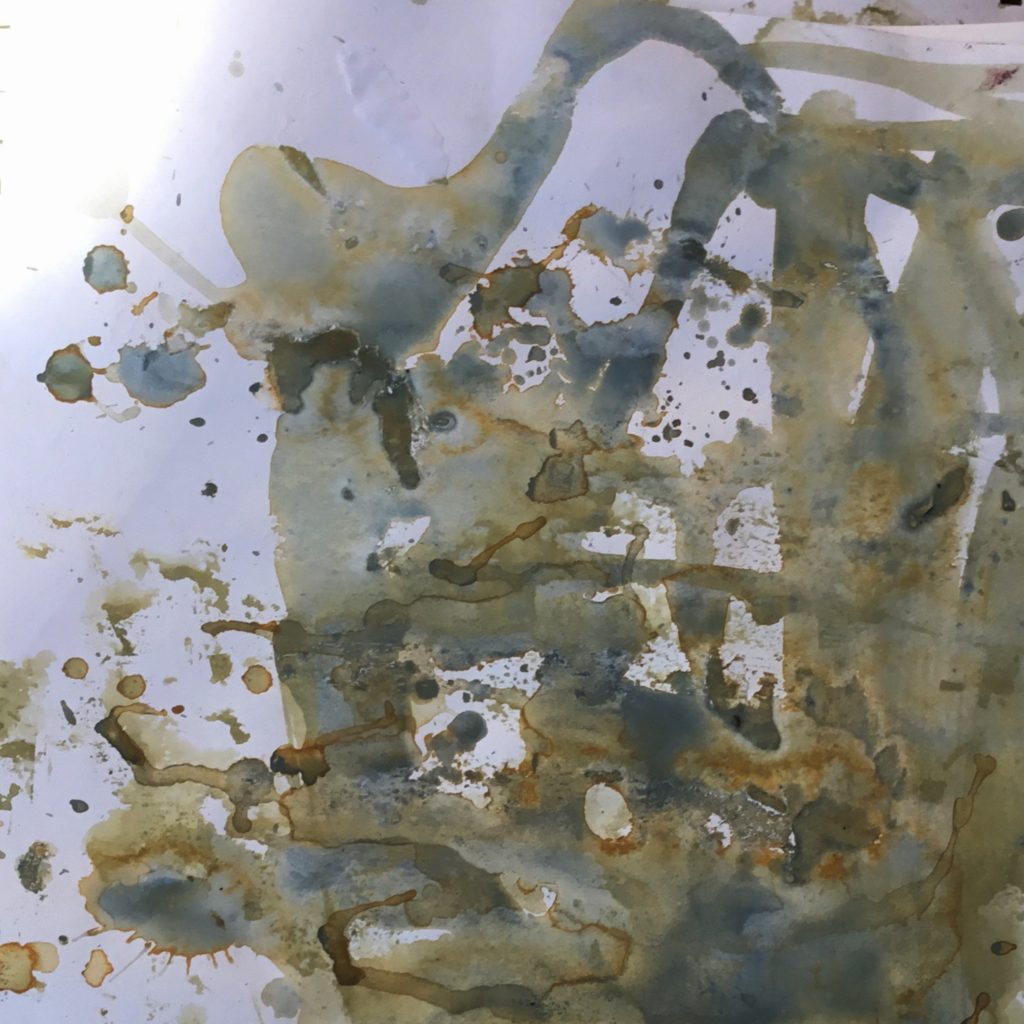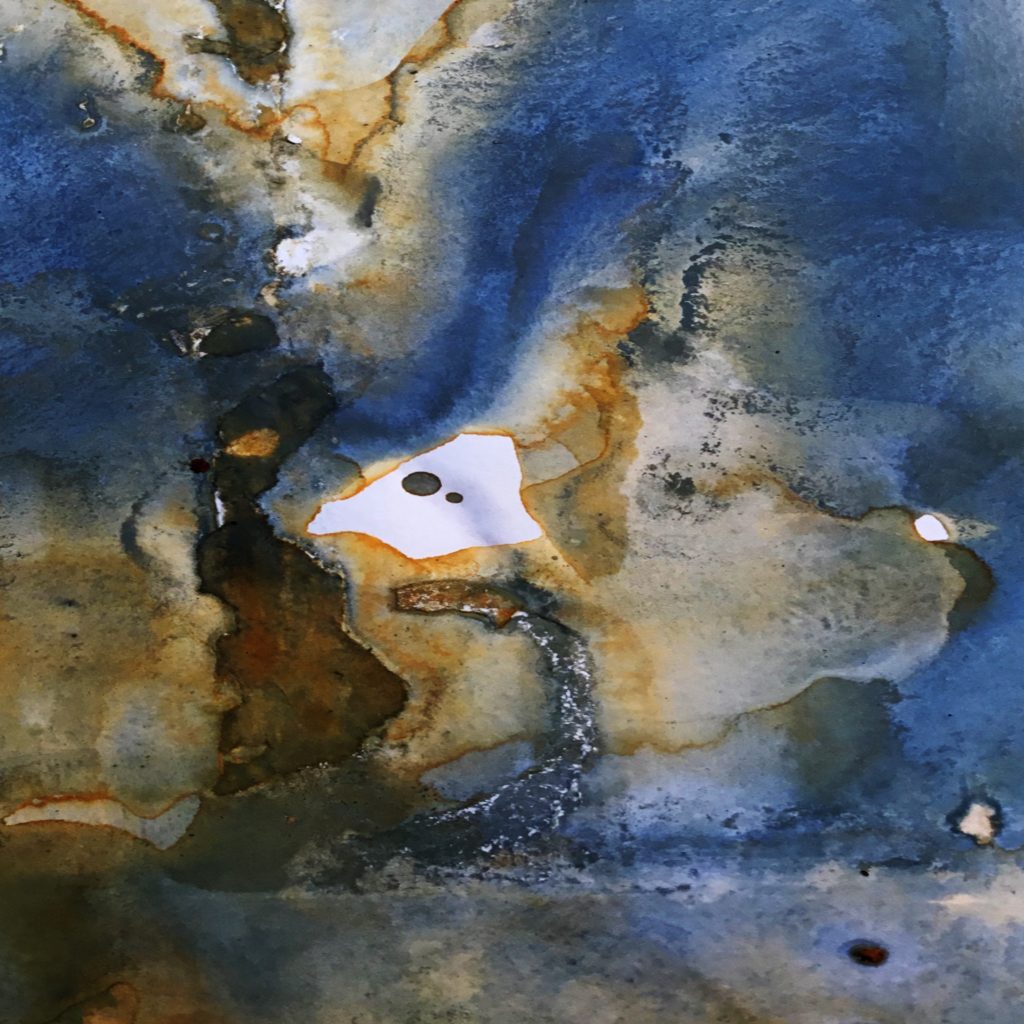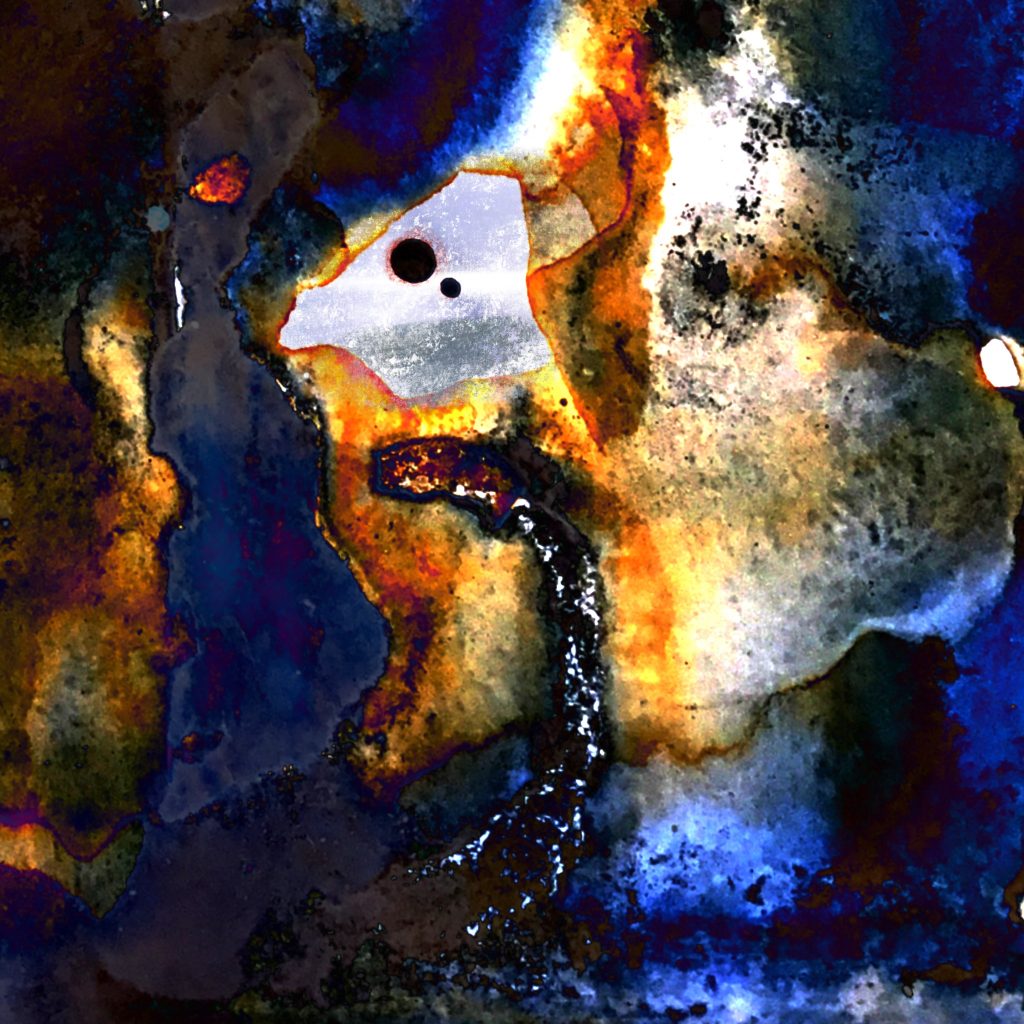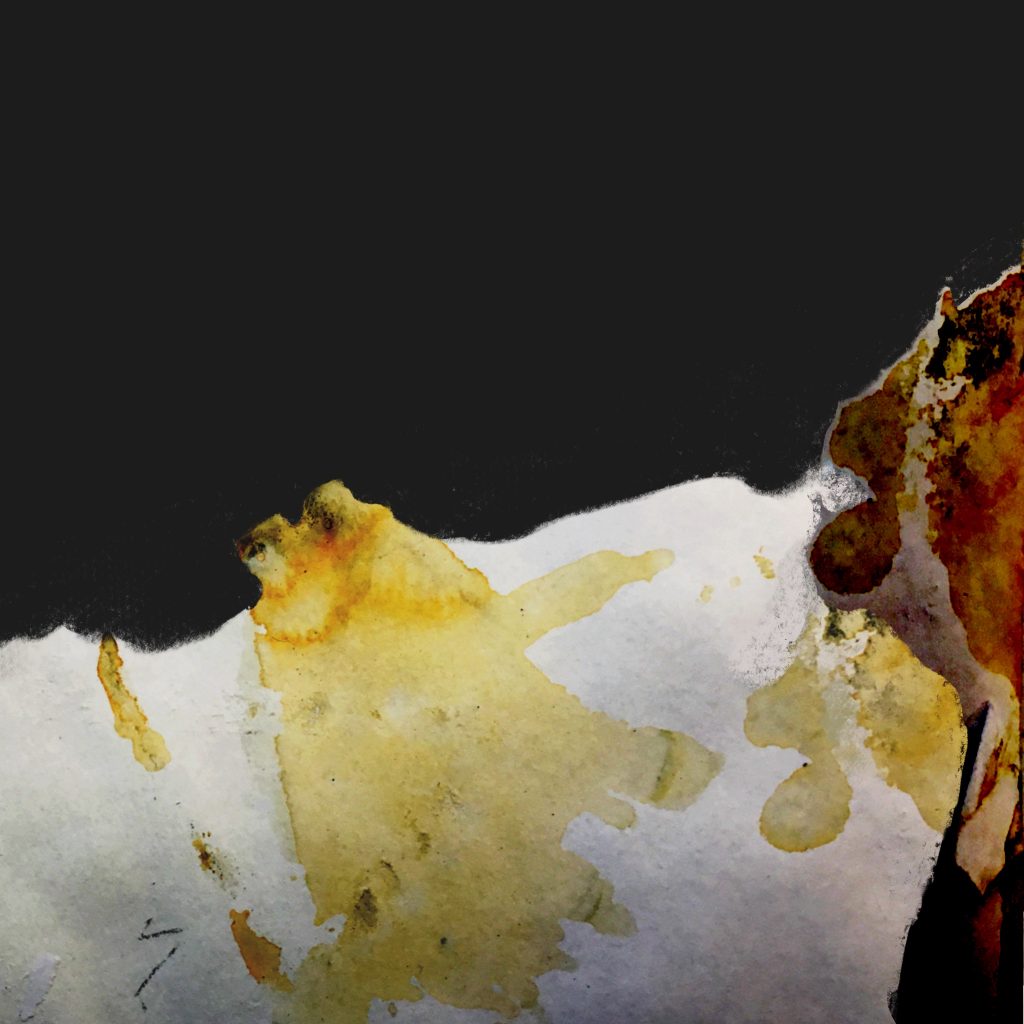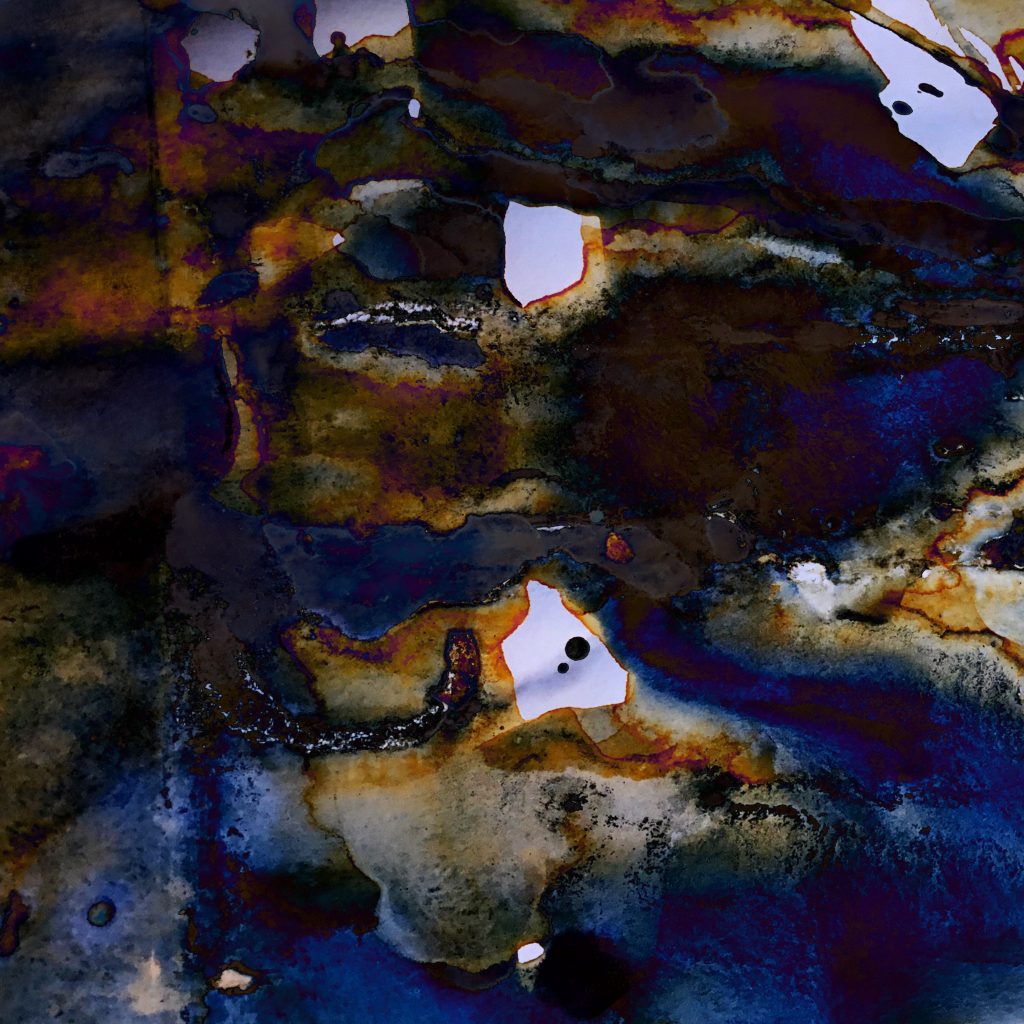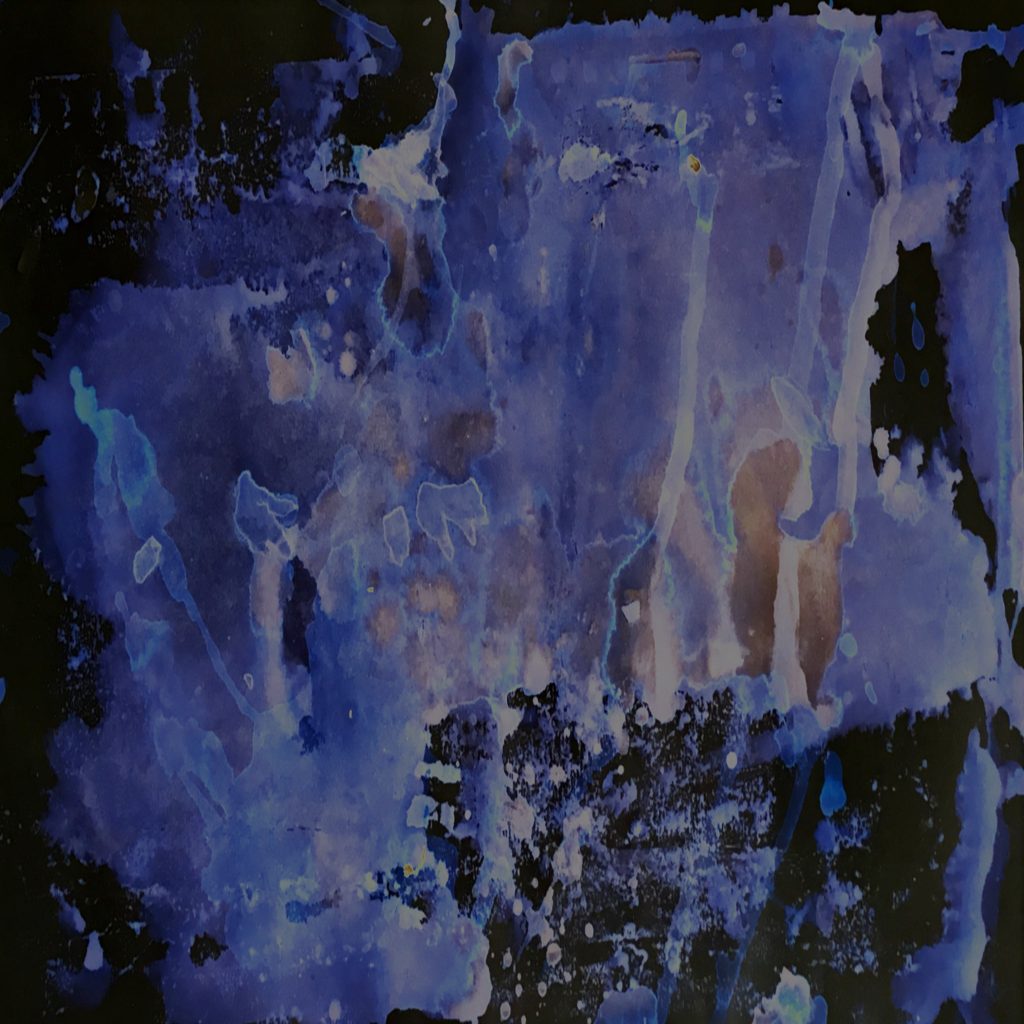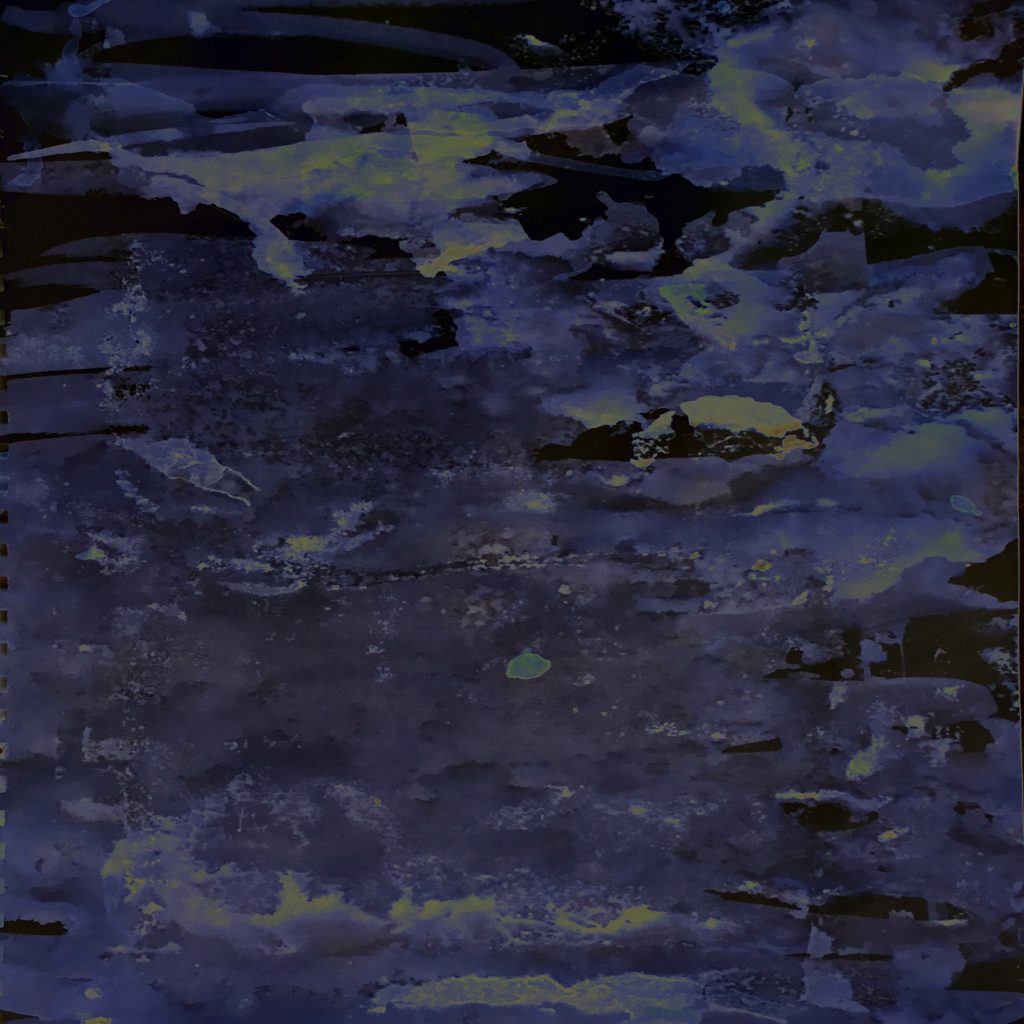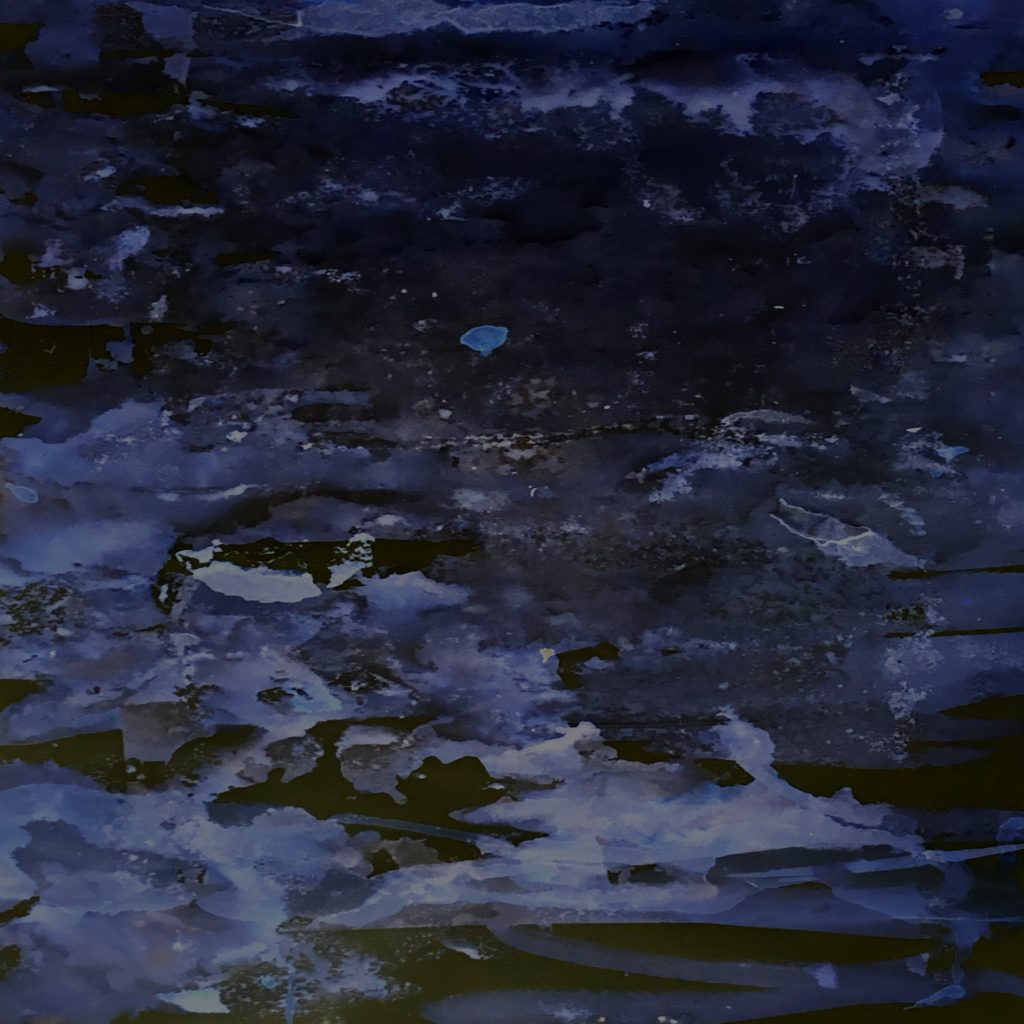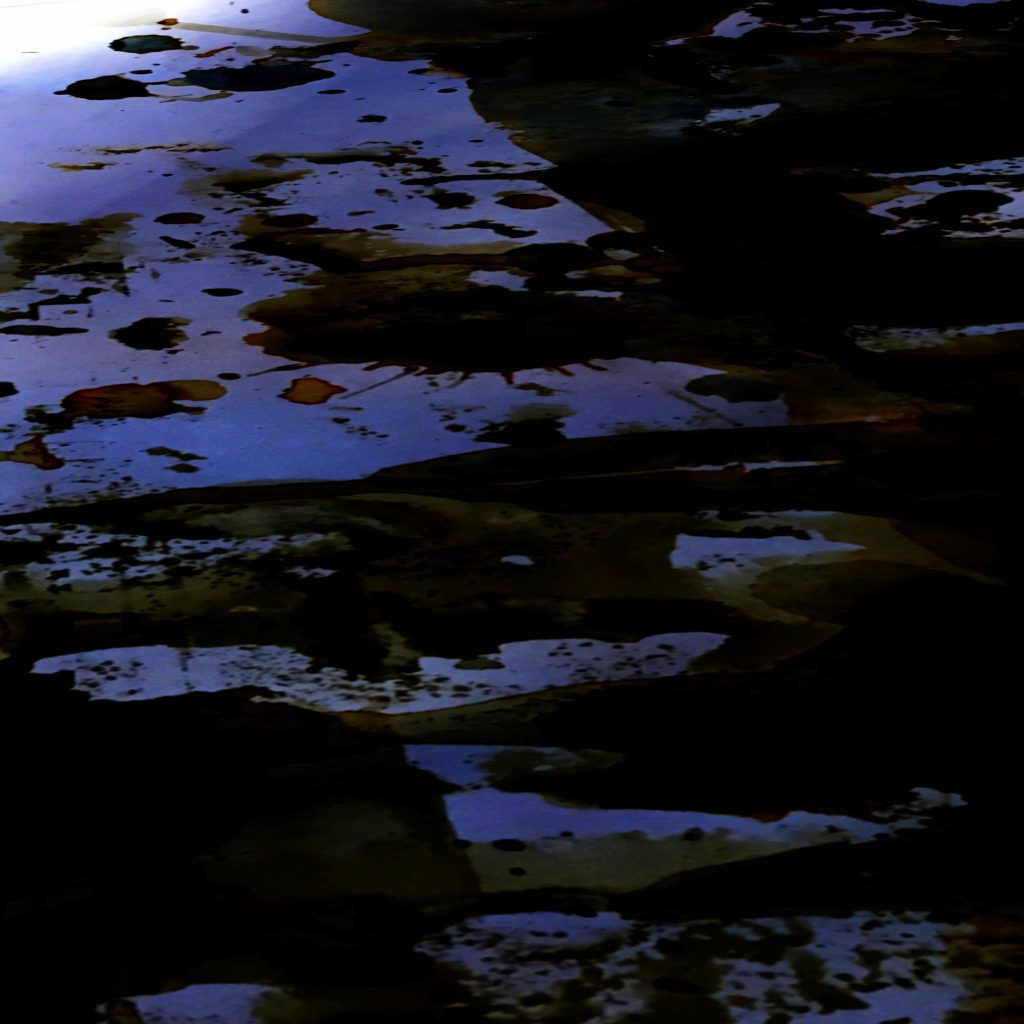Material performances
Animation allows for more freedom than other media in the physical manipulation and the direct and indirect moulding of a plastic medium. Animators can work directly not only with a stable or ‘permanent’ material or medium, but also transient materials.
Working with materials allows for the discovery of particular temporal qualities of a particular physical materials, such as the way a material absorbs or repels another or how a material can be spread, gathered, dispersed or evaporated and the way they respond to external forces over time such as pressure, heat or gravity.
Norman Klein developed the idea of animated metamorphosis (ani-morph) to describe what takes place within the process of metamorphosis.
“Chalk, for example can be erased, broken into dust, shaded by hand. It
Norman Klein, Animation and Animorphs: A Brief Disappearing Act (2000) University of Minnesota Press.
has texture, traction, sound, what can be called the haptic (tactile, synthetic). The haptic is essential for all ani-morphed line, for all special effects, in one of two categories: it looks either anabolic (turning food into tissue) or metasomatic (rocks changing substance).”
TASK
The purpose of the exercise is to explore the different qualities of each material when they come into contact with different surfaces.
Select:
three different materials that are easily accessible to you such as salt, oil, soil, wax, torn paper, chewing gum, soap.
three different surfaces such as paper, table, floor, fridge door, window, bath.
Make three drawings using each material on the given surface. The drawings can be simple shapes, such as a triangle or circle, or they can be more complex.
Upload photographs of your drawing tests onto your learning log along with a short write up of approximately 500 words or more answering the following:
● How easy was it to work with each material? Did you need to introduce a third substance to help you control the material or will gravity suffice?
● What resistance did each material give and how did these materials affect how you moved your hands and body to make the drawings? Do they leave a trace when moved?
● How would you assess the ability of each material in terms of their ability to be used in an animation? Would it be easy or fun to modulate, manipulate and transform these materials?
● What would the challenges be when using these materials in an animation? And how could this be overcome? And if you were to use them to animate would you use a different surface?
● Are there other ways you could think of to explore the expressive capacity of each material?
Then, make a list of materials that could be used in animation. Next to each item, note the kinds of kinds of themes, subjects or ideas that they may be appropriate to convey through animation as well as any notes on a particular technique you could use.





Experimenting with materials has been an integral part of my printmaking, book design and illustration practice in earlier OCA modules. I started by reviewing these experiments in terms of animation potential to generate new ideas to explore for this project rather than repeating things I have already done (See below).
I decided to experiment with cheap materials and surfaces from the kitchen that were of fairly similar colour but different consistency, viscosity and texture in order to focus on the types of movement and interactions between:
- ketchup, coffee and jerk powder
- plastic chopping board, kitchen towel and aluminium foil
I used the word ‘COVID’ as an issue that had emotive connotations for me at the time, and offered different letter shapes to see how shape of the drawing affected the way materials moved. I used water-spray and gravity to enhance some of the movements. I used StopMotion Studio on my iPad, on a tripod and set to automatic 1 frame a second exposure.
Ketchup, the most obvious ‘bloody’ choice proved quite uninteresting and difficult to manipulate. Coffee was the most immediately interesting with its chromatographic dispersal and puddling. Particularly interesting results were from colour manipulation in Lightroom to produce very flesh and blood images. These could be replicated as animation in Premiere. See my more detailed discussion below.
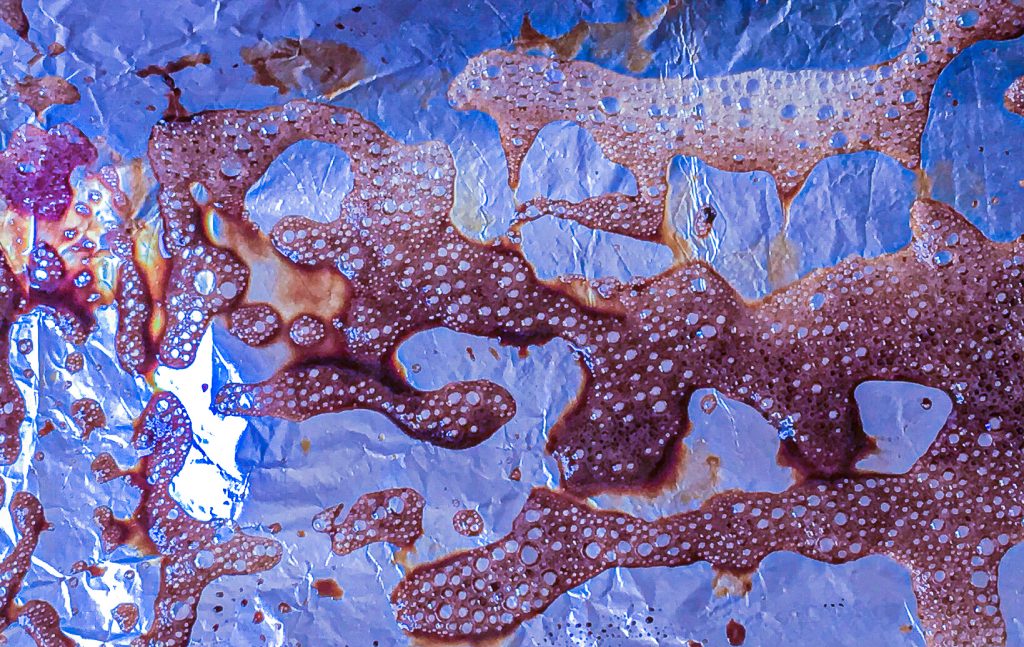
Taking the manipulation further I found particularly interesting the effects of increasing texture and sharpness together with more extreme colour changes. Doing this with jerk powder produced Brakhage-style brilliant landscape images with contrast between the grains and the coagulated paste around them and the softer surfaces. The coffee images on foil produced narrative images – see the cat about to pounce top right, the sea creatures and the figure on the left. These could be further developed into animated texture tales using more sophisticated image manipulation tools in Photoshop animated in TVPaint.
1: Tomato Ketchup
I started with tomato ketchup – a rather obvious blood-like choice. I expected it to behave like a blood-coloured acrylic or water-based oil paint or water-based printing ink – enabling both sweeping energetic strokes, smearing easily and running in rivulets with water and gravity (see earlier experiments below).
I found however that it was quite viscous and difficult to spread on all surfaces, so I could not make free energetic strokes. It also dissolved and disappeared with water rather than running in streams, except on the aluminium foil.
But it retained the marks of the spatula and was fun to smear and dissolve in water.
It would also be interesting to apply it more thickly and drip it from a spoon in dollups before spreading and smearing, then writing into it and slowly dissolving it away. But I don’t think it would ever look like blood – it could be interesting to express anger at the kitchen and domesticity. However I manipulated these in Lightroom, I could not manage to produce particularly interesting images.
2: Coffee
Next I tried instant coffee granules. I had used these before to paint with on paper and liked some of the watercolour effects and differences in tone and the way it spread. But I had not experimented on different surfaces. For this experiment I made a sort of coffee paste that I applied with a brush, and also applied neat granules to water on the surface. I experimented with adding salt and washing up liquid to create different effects.
I quite like some of the effects here.
Coffee, even the thickest paste on the chopping board or foil applied with a spatula, did not retain marks. But it spread and dissolved with an interesting mistiness, and made interesting bubble patterns on the aluminium foil.
Simple colour changes in Lightroom also gave an interesting flesh and blood appearance. It would be interesting to experiment with animating this in Premiere. I tried replicating this with the tomato ketchup above, but that did not produce much of interest – there is not enough dispersion of the material. It is the consistency that seems important, not the original colour.
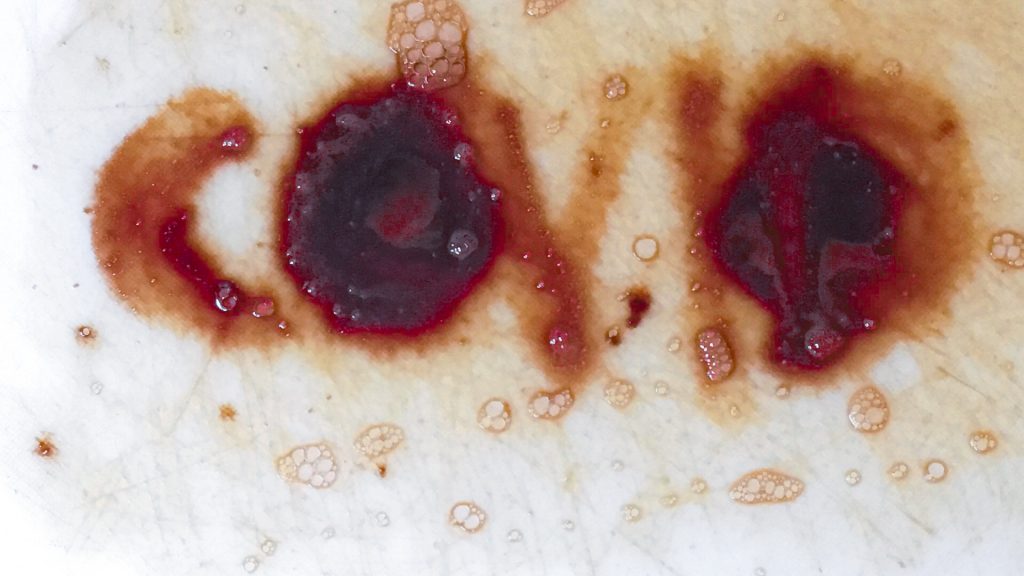
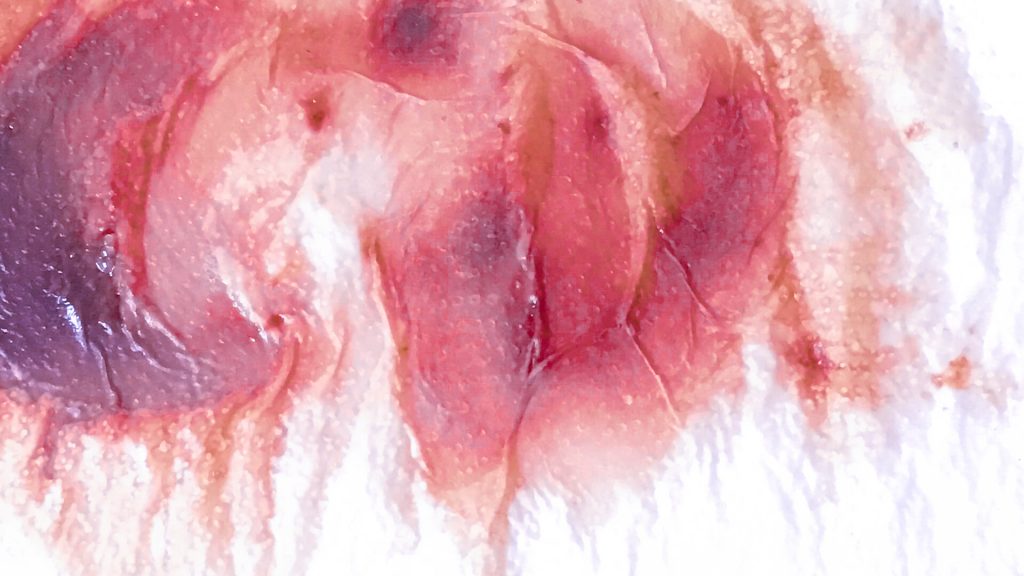
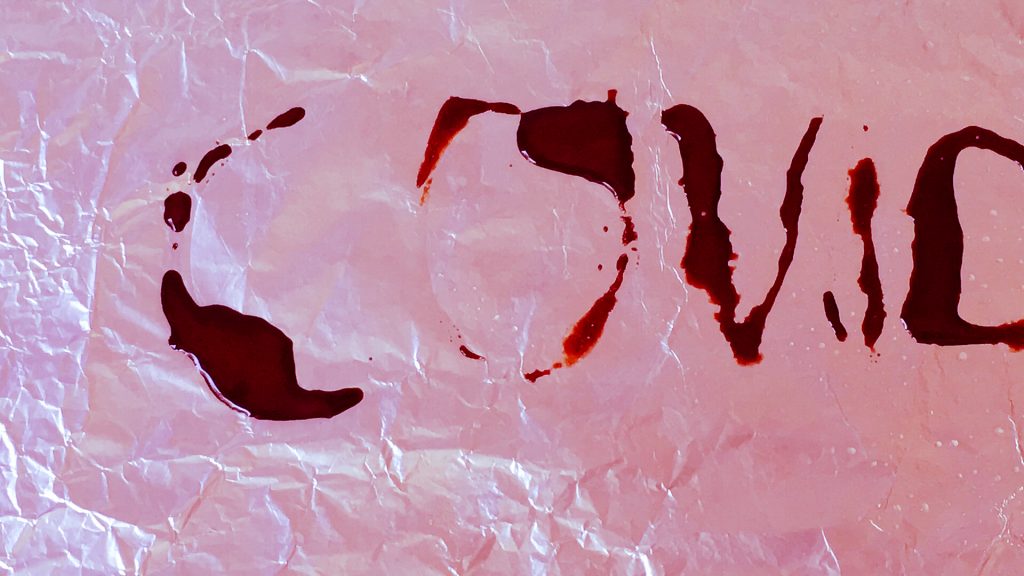
3: Jerk spice
Finally I tried an old out-of-date jar of jerk spice – a much more sand-like version of the coffee granules that dissolved a bit, but not significantly in water. I sprinkled these on and then added water. These were the least interesting because they did not really interact with the surfaces at all. Nor did sprinkling produce clear letters. This was more difficult to do than I expected.
But what proved a bit interesting was the final experiment on aluminium foil and the marks incised into the foil and the way they were slightly emphasised by the colour of the jerk water and added texture of the spice grains. This could be enhanced with colour and texture adjustments in Lightroom to produce vivid colours and contrasts between the grains and more sticky paste that coagulated around them, and the surface. This is something I could experiment with a bit more deliberately with animation.
A colour-processed version in Lightroom was more interesting with its very contrasting textures between the grains and the coloured water paste.
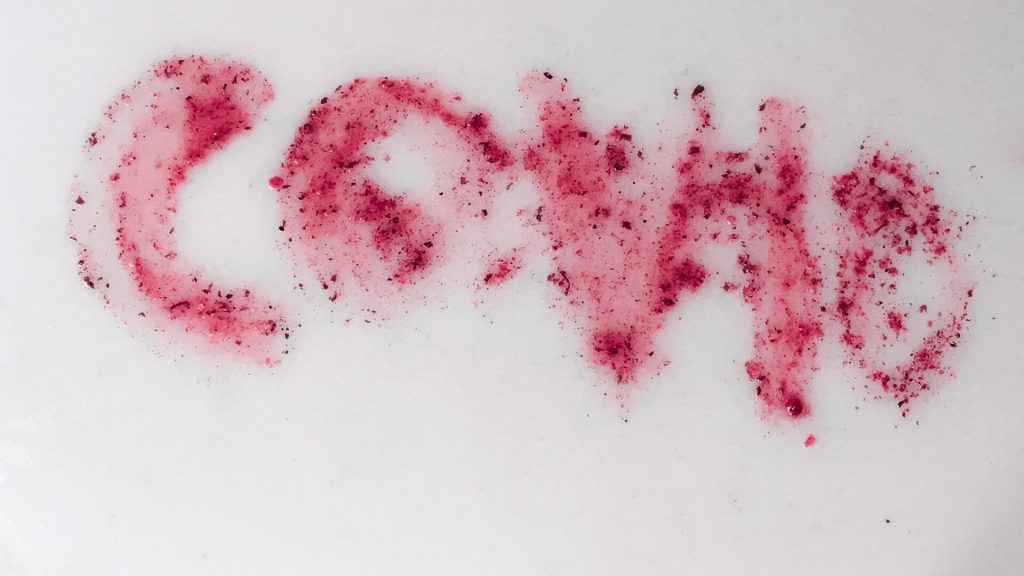
But experimenting with colour and texture processing in Lightroom did produce some quite interesting results where the contrast between the grain and the tissue paper enabled interesting colours and marble effects.


When sharpening, texture and colour contrasts were put to their maximum in LIghtroom this did produce a quite interesting Brakage-style effect that I could explore further retaining the texture contrasts, but altering the colours in Premiere.
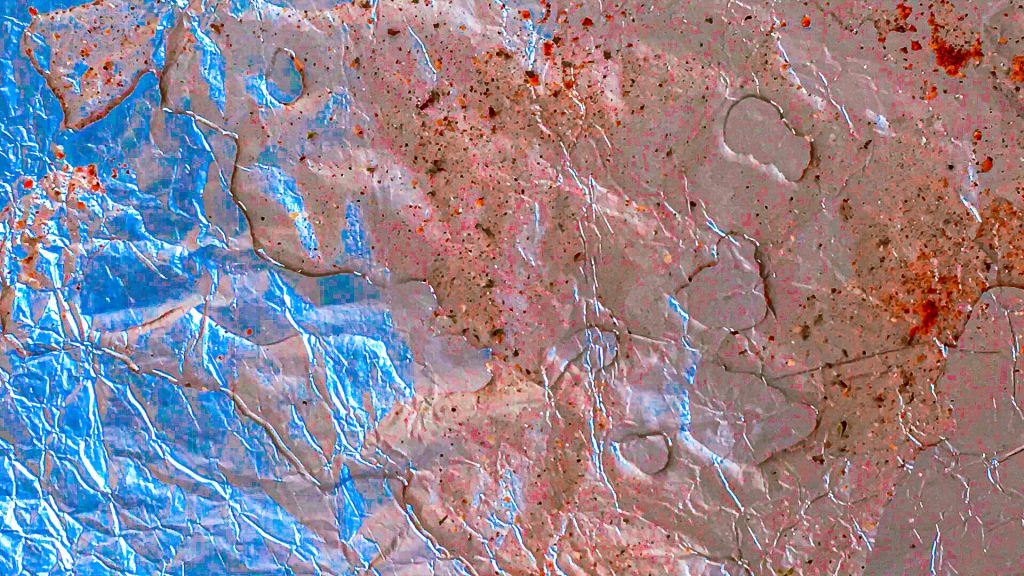
Previous material experiments
Book Design
For my final Book Design project this was the main focus of the final assignment: A to Z from Armageddon where I explore use of different materials beginning with each letter of the alphabet, composited in Photoshop.See particularly images and links below:
This did not work very well as a book concept, but could work better as part of an animation, or animating the process itself. For example processes of smearing and treacle dripping with gravity, movement ot the jam and jelly and the different reflections of light on the metallic paper.
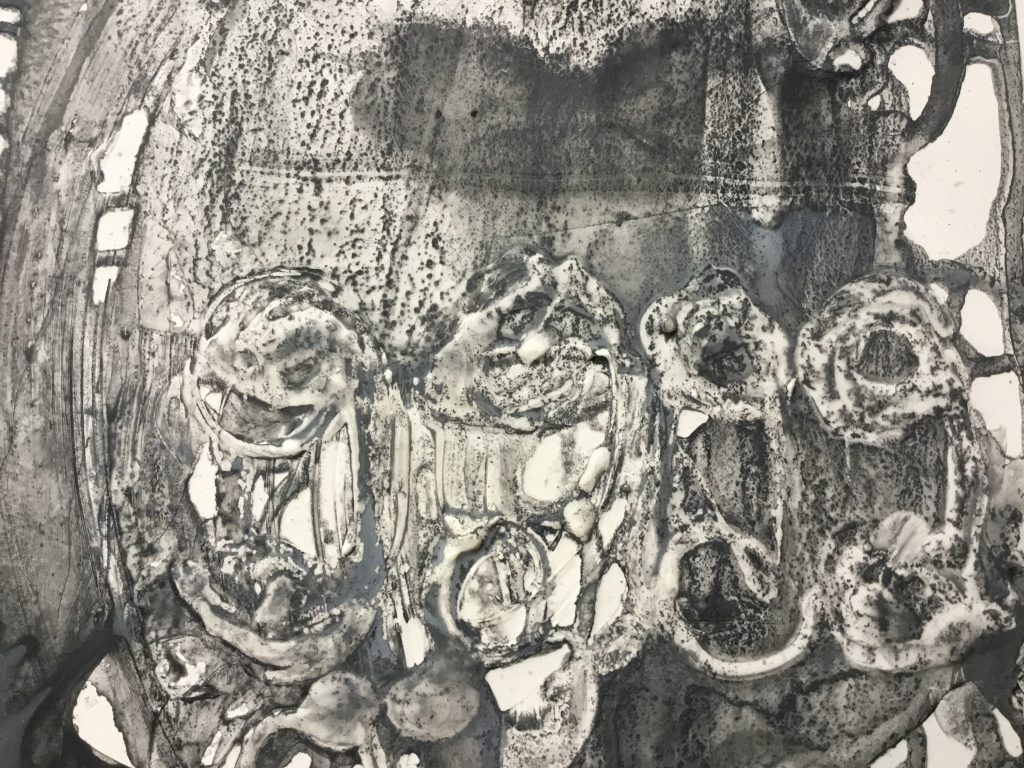
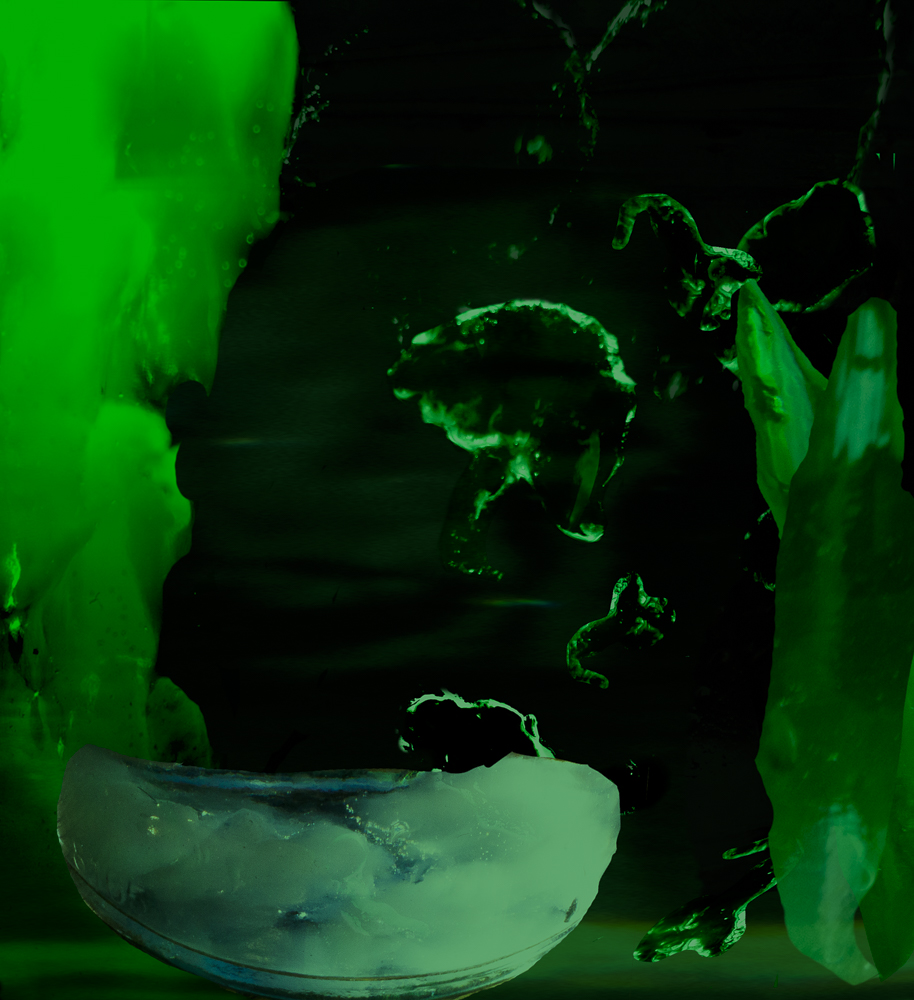
jelly and jam in jade colour
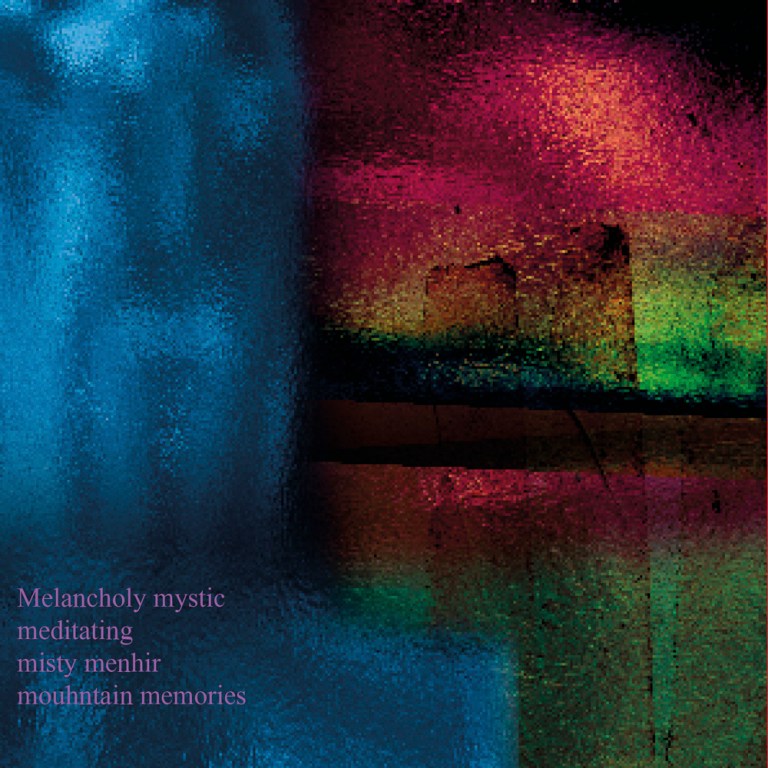
on Metallic Paper.
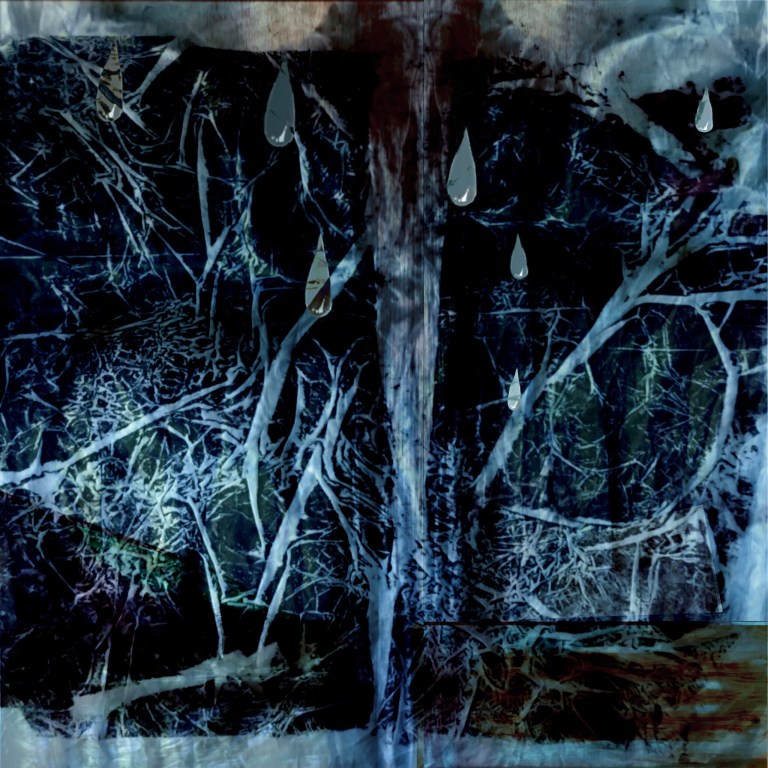
lllustration and printmaking experiments
I also experimented with glue, ink, watercolour, gouache and water-based inks on paper, tile, glass and perspex. Some of the images themselves could be animated and layered digitally using warping, blending and/or making puppets. I would also like to experiment with stop motion animation of the media being applied and/or dripping with gravity and/or changing colour and texture in drying. Working on glass, tiles or perspex plates gives particularly vibrant colours and interesting marbling that can be manipulated for a long time.
Glue and Charcoal: Octavia







Water-based printing ink on tiles and glass








Dipped ink printed on paper



Gouache with dripped water
left to dry on tile
Gouache diluted with water
blotted between sheets of paper
Gouache/watercolour
dripped on paper
Drips/blots
layered and blended in Procreate

